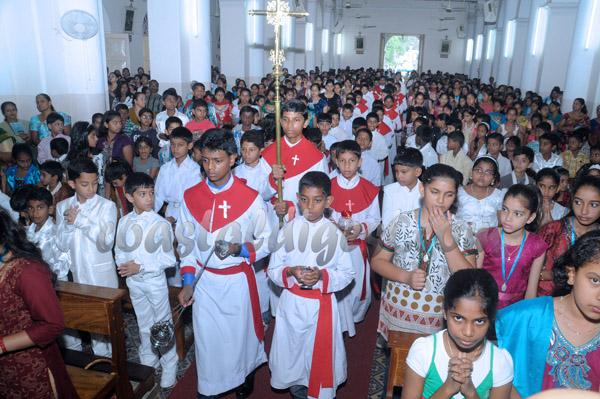
Mangalore, September 8: Christians across coastal Karnataka on Saturday celebrated the birth of Mary, mother of Jesus Christ, with great religious fervour.
In coastal districts, this festival is popularly known as 'Monti Fest'. For the Konkani-speaking Catholic community of the region, September 8 has a special significance as the day is also celebrated as the day of the 'New Corn'. The occasion is also marked by thanksgiving mass for the blessing of a good harvest.
As a preparation to the feast, children bring flowers arranged in trays, plates and baskets to their respective churches and offer them to Mother Mary on the nine days preceding the feast.
On Saturday, thousands of children brought flowers from faraway places to their respective churches. They showered flowers on the idol of Mother Mary at the grotto.
Parishioners took out a procession. Most of the parishes had arranged distribution of sugarcane to children who had brought flowers to offer to Mary while a few distributed ice creams and sweets.
As part of celebrations, parishioners donated rice, vegetables and coconuts among other things and the same was distributed to the poor in the parish besides to old age homes and orphanages.
Traditionally, the feast was celebrated as a family feast with a ceremonial lunch in which only vegetables find a place in the day's menu. Though in earlier times, up to 13 types of vegetable dishes (usually only odd numbers) were prepared, in the present times, most of the families limit it to five or seven. As an unwritten rule, Catholics avoid meat and alcohol on the day. This is also an occasion for all the family members to unite at the ceremonial lunch (it is a practice that if any member of the family cannot attend the celebrations, the corn will be sent to them by post to faraway places like the Gulf countries, US and Europe).
As per the tradition, after de-husking the corn blessed in the church, it is powdered and mixed with a dish made out of coconut milk and rice batter, and is partaken along with the lunch.
The origin of this festival can be traced back to 1510. In the year 1566, the Jesuit priests built a chapel on Mount Mary Hill at Bandra Parish in Mumbai and hence this owes to the traditional nativity celebration that eventually spread to the south west coast of India. In Canara province, the celebrations commenced in the year 1763 AD as a Capuchin priest Fr Joachim Miranda founded the Monthe Mariano church at Farengipet and announced the celebrations of the festival to the Catholic community. Today, this festival has become an integral part of the Catholic culture and it is also considered as a family feast.
The Bishop's conference of India in 1997 has declared September 8 as the feast of the girl child making people realise a women's innate ability to procreate and restore humanity.
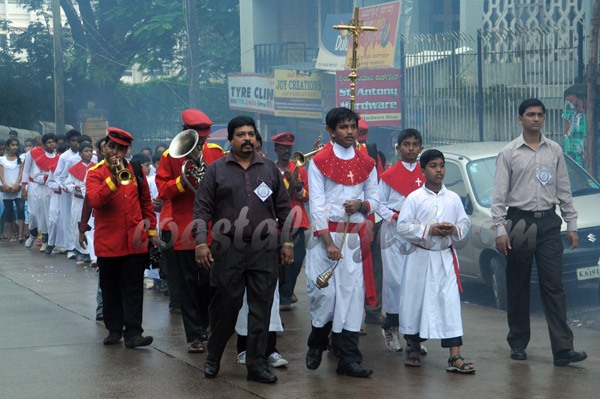
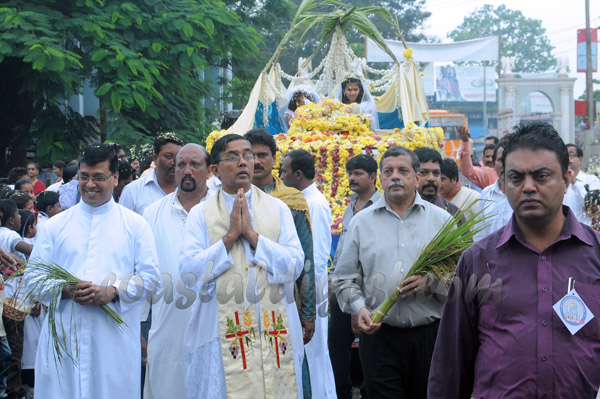
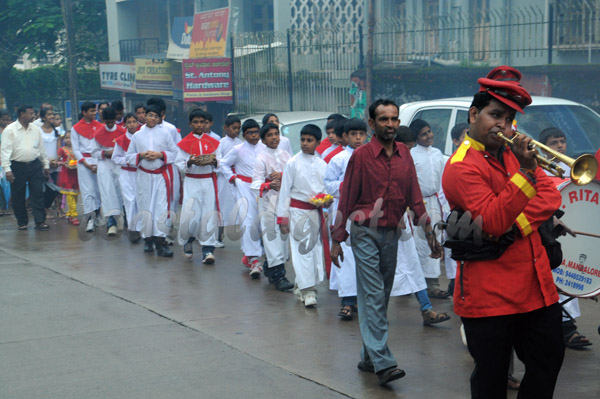
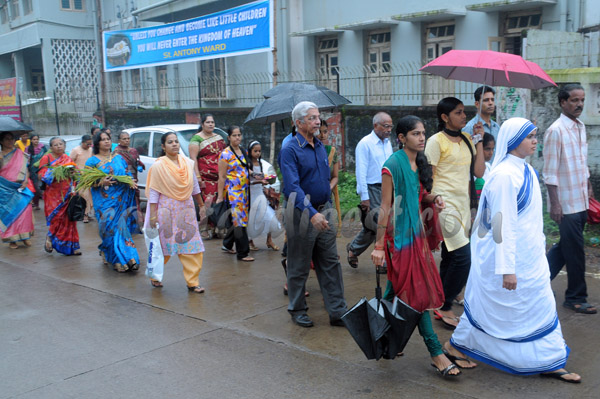
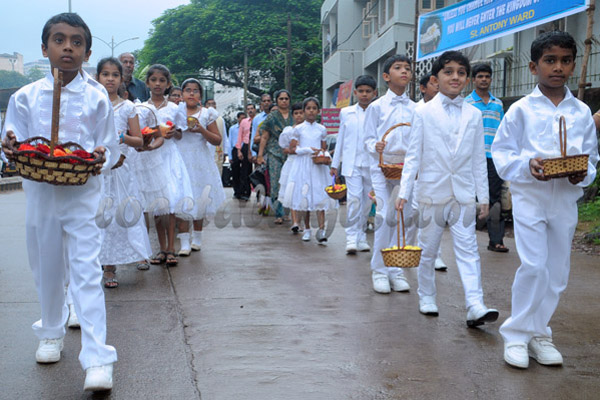
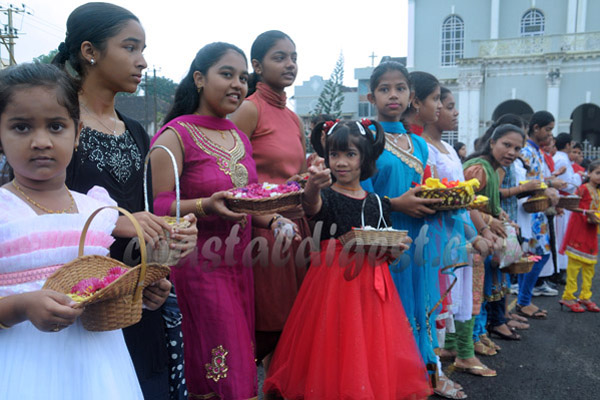
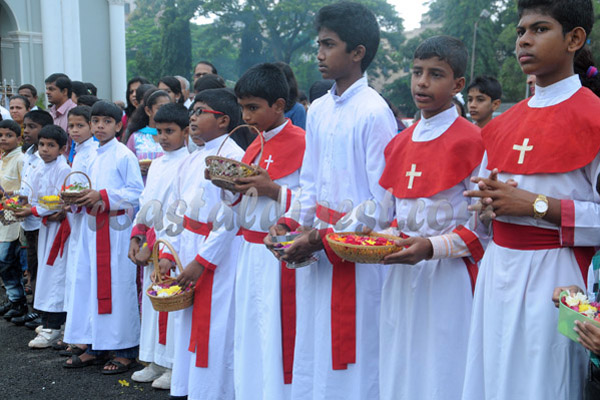
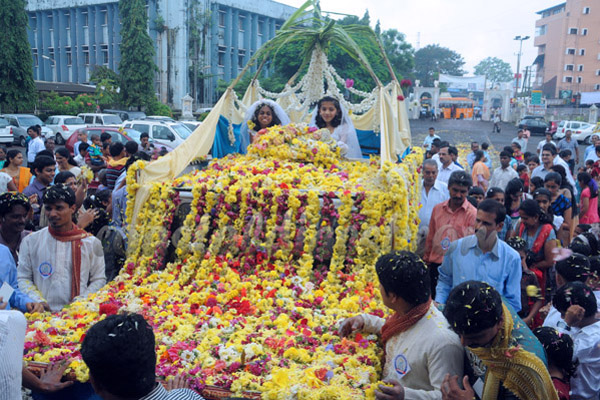
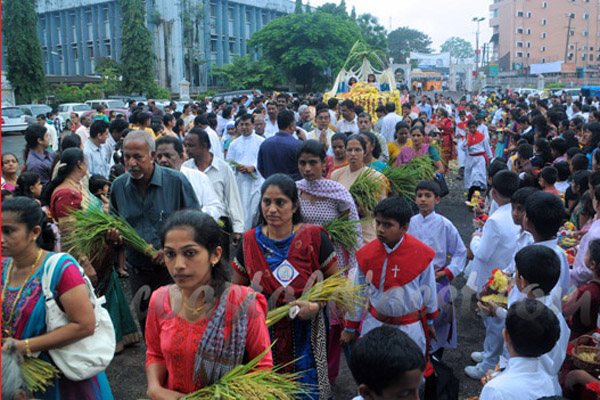
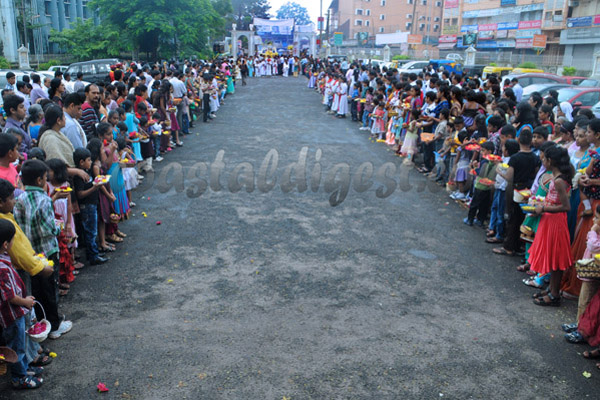
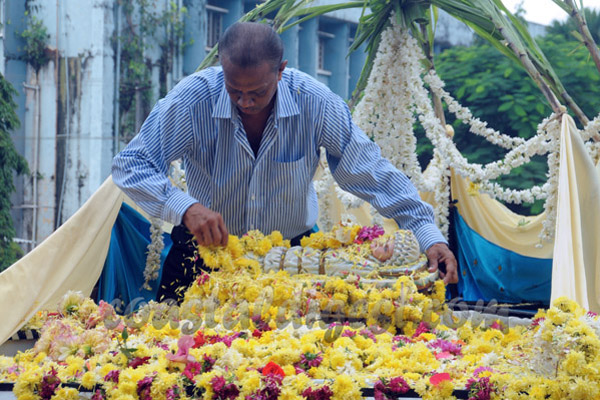
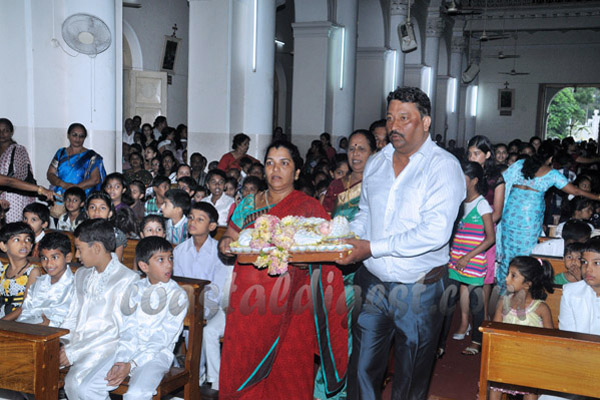
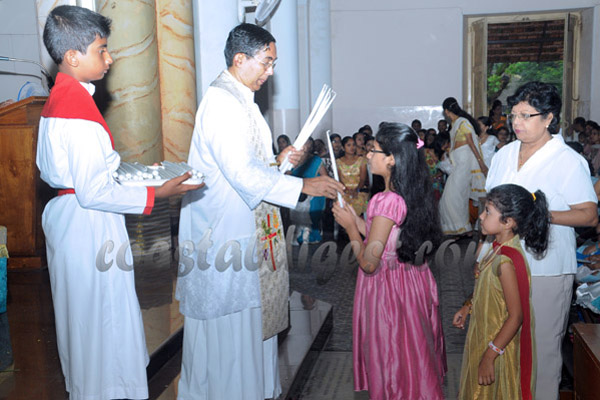
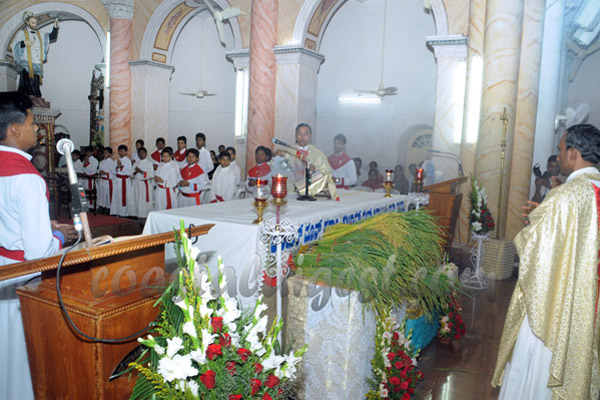
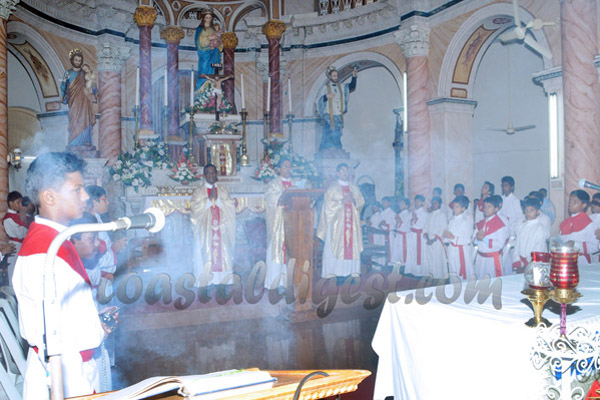
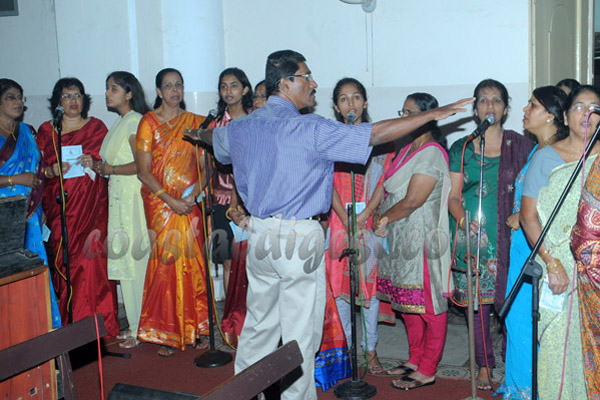
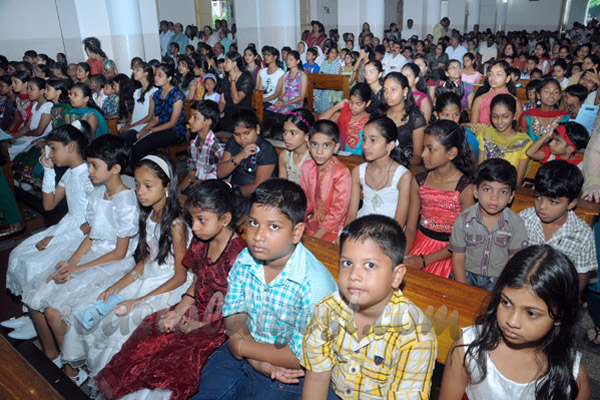
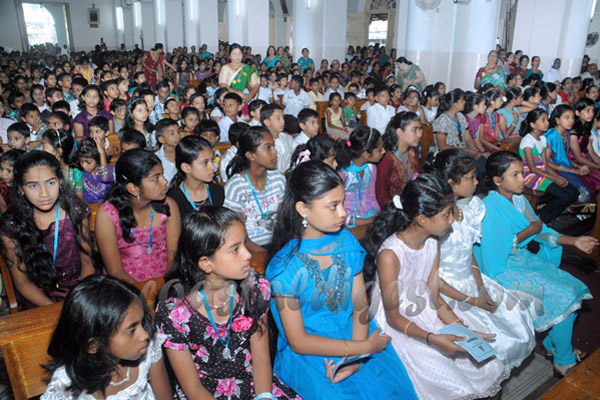
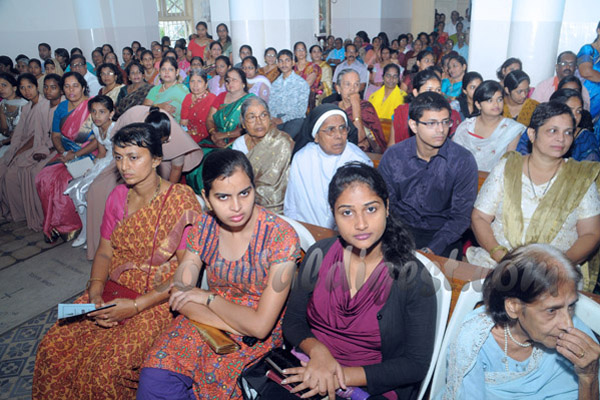
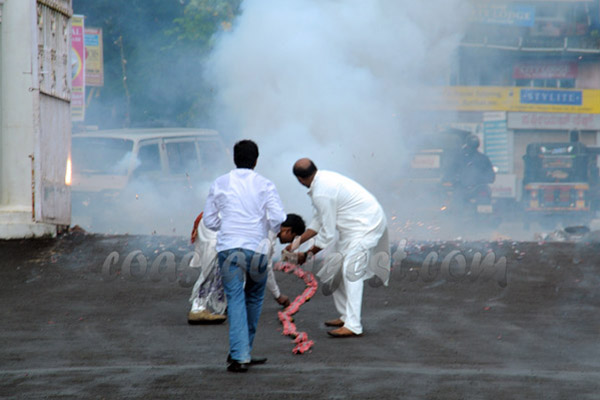
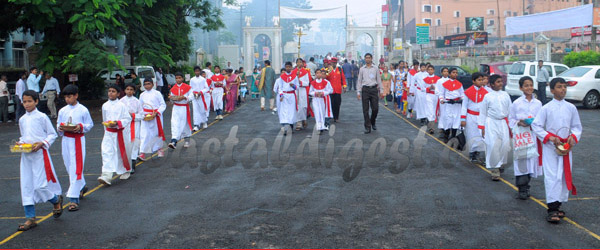
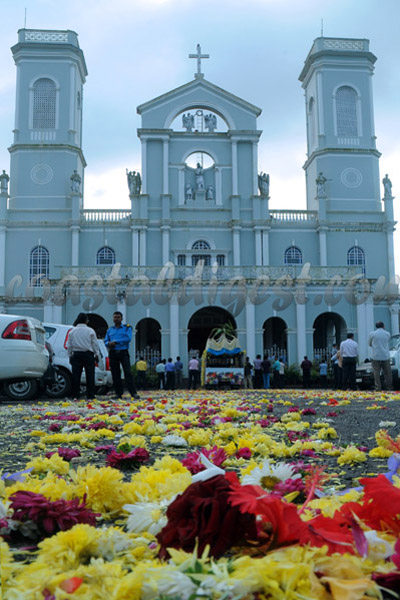





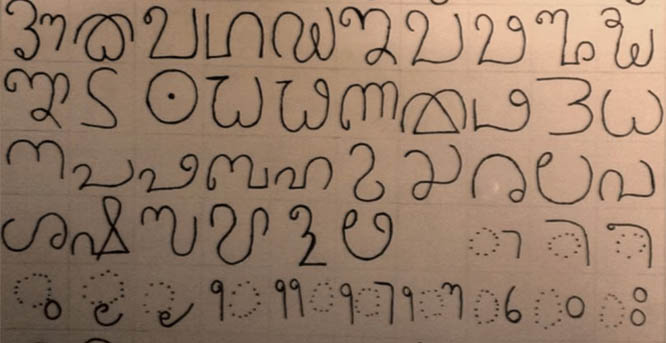

Comments
Add new comment